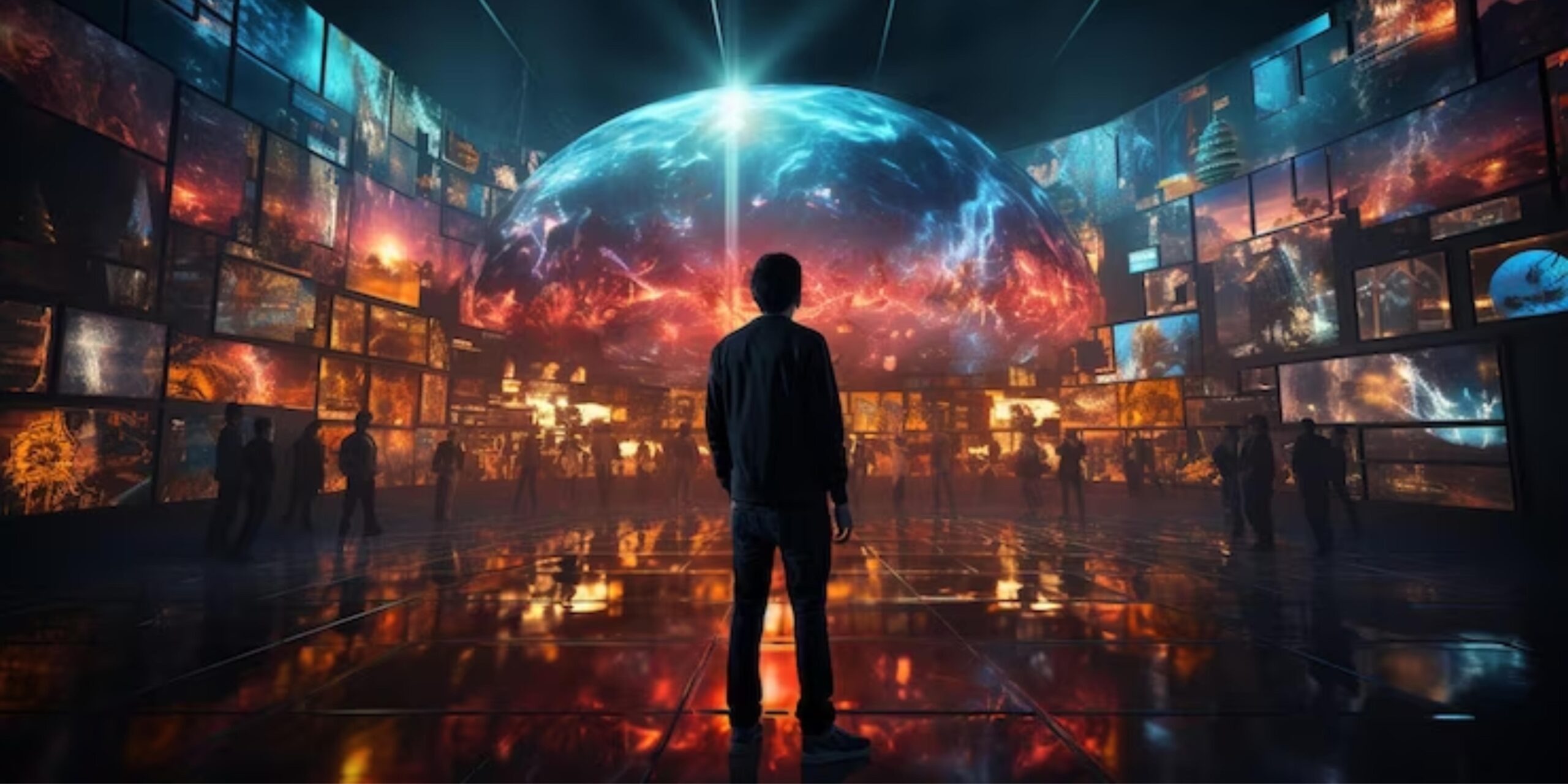 January 22, 2024 by alyssa |
3d live streaming
January 22, 2024 by alyssa |
3d live streamingImagine stepping into a concert, not through sticky floors and deafening crowds, but through your screen. Picture yourself front row, heart pounding against the virtual bassline, sweat beading on your brow as if bathed in real stage lights. Or, ditch the rock show. Take a guided tour of the Great Barrier Reef, coral forests swirling around you, schools of fish flitting past a holographic reef shark at your fingertips. This isn’t sci-fi daydreaming, folks. This is the dawn of high-quality 3D live streaming, and it’s about to shatter the way we experience the world.
Beyond Entertainment: Education, Healthcare, and the Future of Work
Gone are the days of flat, pixelated boxes trapping events behind our screens. 3D live streaming weaves a tapestry of depth and dimension, pulling us into the action, not just observing it. It’s like throwing open a holographic window, blurring the lines between the virtual and the visceral. Picture a surgeon performing a live operation, not on a sterile monitor, but projected onto a table, instruments hovering over the 3D image as students, miles away, lean in, absorbing every nuance. Or, imagine a global fashion show where models strut down a holographic runway, clothes billowing, textures glistening, as if materializing in your living room. The possibilities are as boundless as our imaginations.
But it’s not just about entertainment and spectacle. 3D live streaming promises to revolutionize education, healthcare, and even the way we work. Imagine classrooms transported to the heart of the Amazon rainforest, students dodging virtual piranhas as they learn about the delicate ecosystem. Or, picture a team of engineers in Tokyo collaborating with their counterparts in New York, huddled around a 3D model of a spacecraft, their virtual hands tweaking dials and scribbling notes on the shared canvas. The walls of distance crumble, replaced by a holographic meeting room where ideas spark and projects take flight, unhindered by the tyranny of time zones.
Taming the Bandwidth Gremlin: Building the Infrastructure for a 3D Future
Of course, this crystal-clear future isn’t without its challenges. Bandwidth, that ever-present gremlin, is the first hurdle. Streaming data-rich 3D environments requires serious muscle, and current internet infrastructure, in many parts of the world, resembles a toddler trying to lift a barbell. Governments and tech giants are in an arms race, laying down fiber optic cables like digital highways, but it’s a marathon, not a sprint. Then there’s the hardware—those fancy 3D headsets and specialized cameras ain’t cheap. Democratizing access will be crucial if this revolution is to be truly inclusive.
But the potential rewards far outweigh the obstacles. 3D live streaming can bridge geographical divides, foster empathy and understanding between cultures, and unlock educational opportunities previously unimagined. It can make surgery more accessible, remote consultations more effective, and even transform disaster relief efforts. Think of doctors performing triage on holographic victims streamed from a war-torn city, providing critical care miles away.
From Avatars to Empathy: Redefining Ourselves in a Holographic World
Perhaps the most profound impact, however, will be on how we perceive ourselves. With 3D avatars stepping into virtual worlds, the lines between the physical and digital realms blur further. We might work as holographic surgeons one day, rock stars the next, all from the comfort of our living rooms. It’s a brave new world, one where our identities become as fluid as the pixels that compose them.
Welcome to the Holographic Highway: Buckle Up for the Future
So, buckle up, folks. The future is hurtling towards us, shimmering in three glorious dimensions. It’s a future where distance is an illusion, experiences are immersive, and the limitations of the physical world are cast aside. It’s a future where, through the holographic looking glass, we might just discover who we truly are, one pixelated heartbeat at a time.
